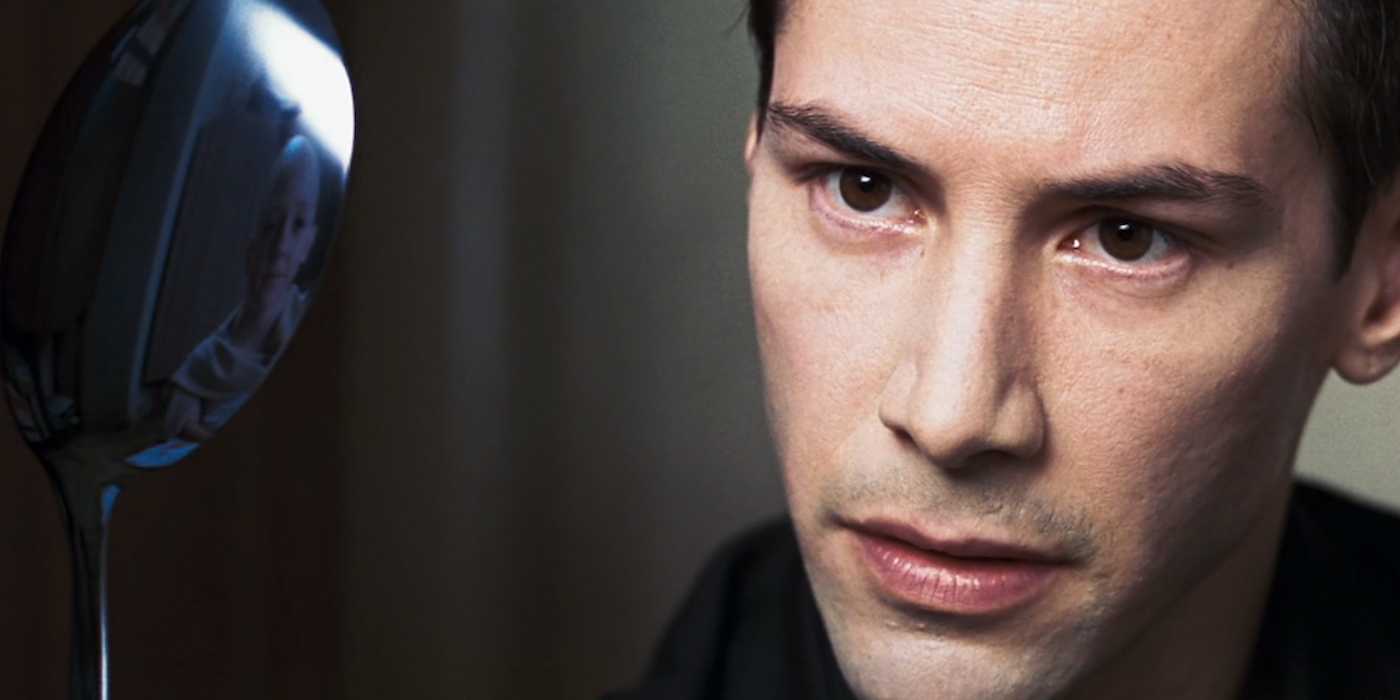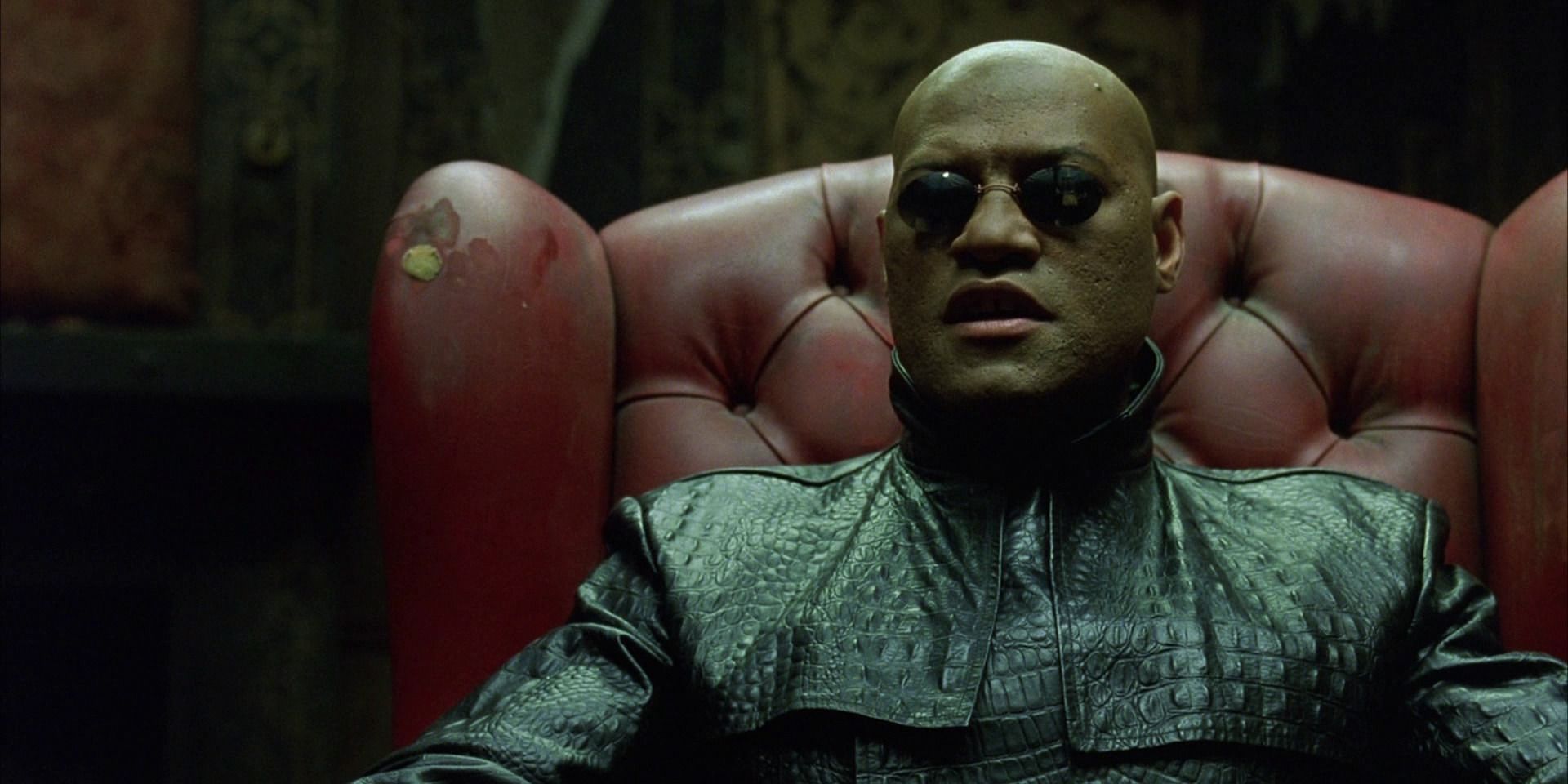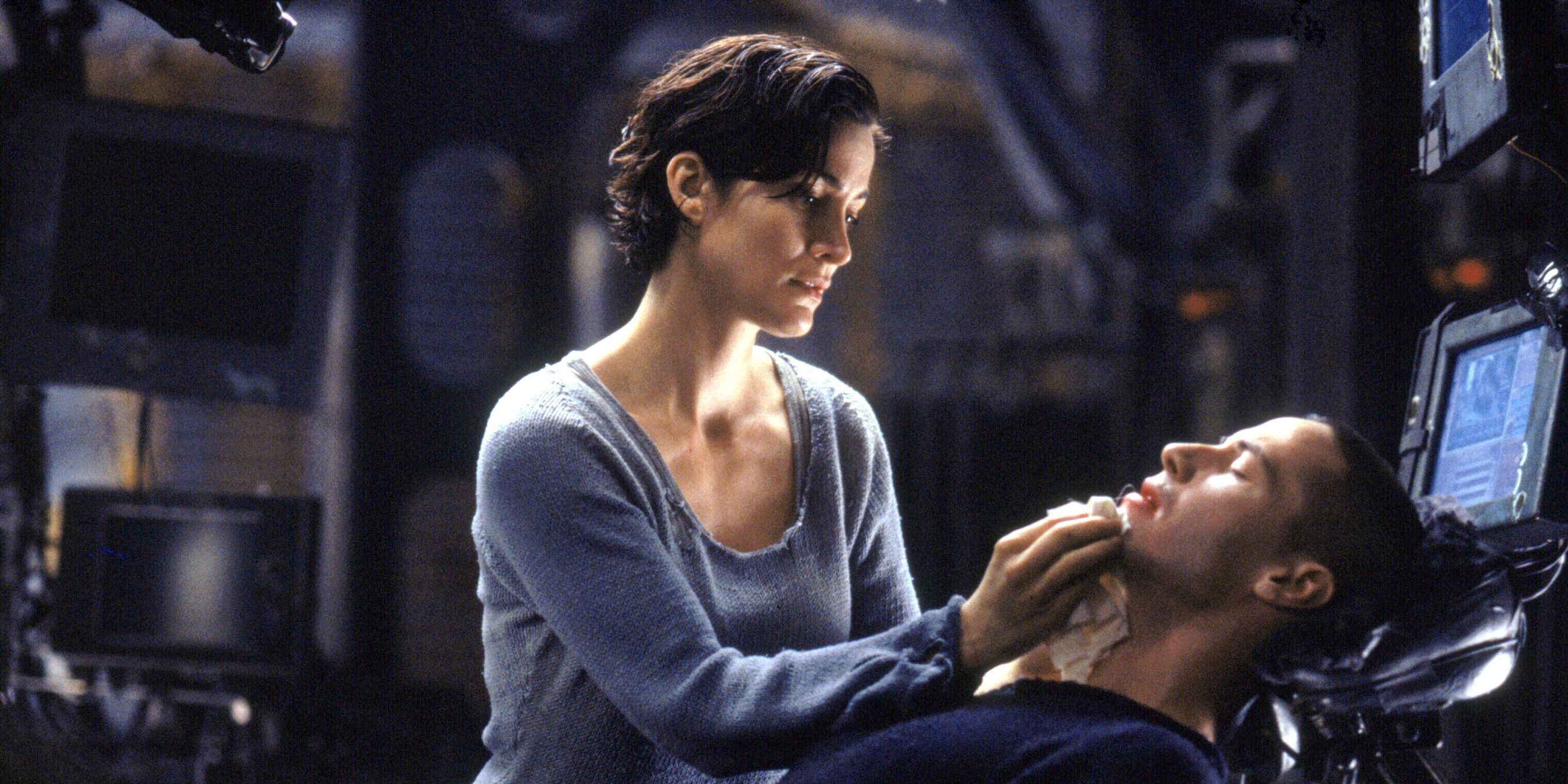The Big Picture
- The Matrix revolutionized cinema in 1999 with innovative visual effects and themes of conformity.
- The film's impressive visual effects, deep philosophical story, and kung fu action set it apart.
- The Matrix's lasting impact on pop culture and continued relevance in today's tech-dependent society is a testament to its brilliance.
When film historians and cinephiles look back on the most influential years in cinema, it’s hard to argue against the impact of 1999. The last year before the new millennium ushered audiences into the modern age of cinema with films such as The Sixth Sense, The Blair Witch Project, and Magnolia. While there were advances in visual effects, there was a groundswell of stories about dissatisfaction and restlessness born out of the mundanity of the corporate structure. Though films like Office Space and Fight Club explore these themes, there’s one film that stands above the rest when it comes to innovative visual effects and tackling themes of conformity all while transforming the sci-fi genre forever – The Matrix.
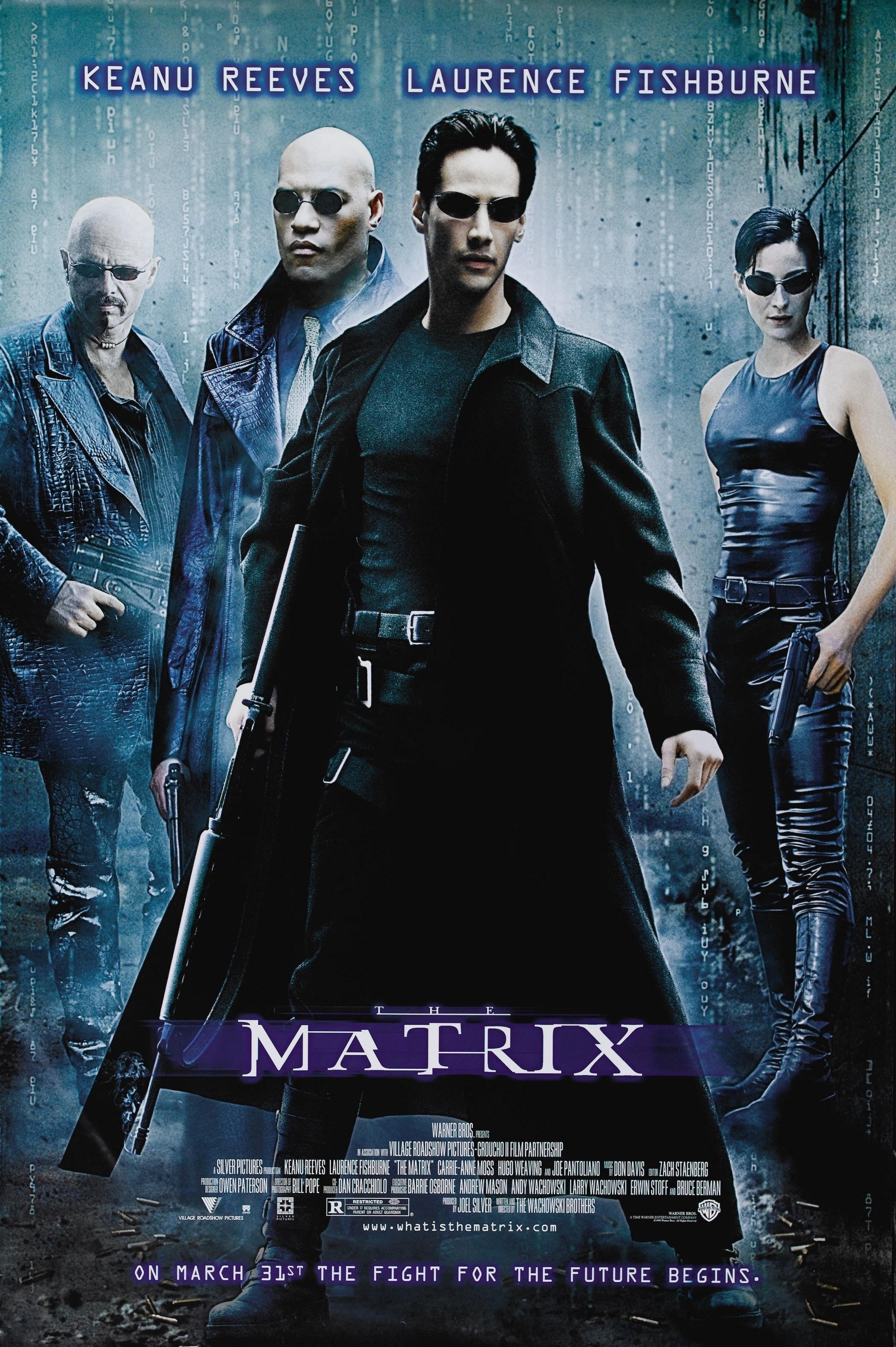
The Matrix
Neo (Keanu Reeves) believes that Morpheus (Laurence Fishburne), an elusive figure considered to be the most dangerous man alive, can answer his question -- What is the Matrix? Neo is contacted by Trinity (Carrie-Anne Moss), a beautiful stranger who leads him into an underworld where he meets Morpheus. They fight a brutal battle for their lives against a cadre of viciously intelligent secret agents. It is a truth that could cost Neo something more precious than his life.
- Release Date
- March 31, 1999
- Director
- Lana Wachowski , Lilly Wachowski
- Cast
- Keanu Reeves , Laurence Fishburne , Carrie-Anne Moss , Hugo Weaving , Gloria Foster , Joe Pantoliano
- Runtime
- 136 minutes
What Is 'The Matrix' About?
Written and directed by the sister duo of Lana and Lilly Wachowski, The Matrix is the story of a computer hacker in a dystopian future who, in his attempts to find an answer, becomes the savior he didn’t know he could be. The film brings together the talents of Keanu Reeves, Carrie-Anne Moss, Laurence Fishburne, and Hugo Weaving. The success of the first Matrix movie would spawn its own franchise, with two sequels being released in 2003, The Matrix Reloaded and The Matrix Revolutions respectively, and The Matrix Resurrections released in 2021.
One of the more impressive features that makes The Matrix stand apart is its visual effects. Though we’ve had decades of action blockbusters known for their CGI, the effects in The Matrix hold up surprisingly well. The Sentinels are threatening and the agents’ morphing ability is fairly seamless given the time when it was made. However, the stand-out visual effect that put The Matrix in the history books is “bullet time,” an effect where a shot proceeds in slow motion while the camera appears to move at normal speed. With this effect, it highlights the power a person can wield over their oppressor within their false reality. It’s also the reason why Neo dodging bullets during the third act fight on the roof will be parodied until the end of time.
The action of The Matrix is a loving homage to kung fu. The Wachowskis’ love of kung fu cinema ran so deep they hired legendary martial arts choreographer Yuen Woo-ping to coordinate the fight scenes and train the actors months before production. It’s evident in the final product the actors’ dedication to the martial arts, something Reeves would carry on with him in the future John Wick movies.
'The Matrix' Beautifully Mixes Special Effects With Philosophy
Apart from the technical achievements mentioned, the story itself is laced with philosophy. Works of Plato, Descartes, and Immanuel Kant are interwoven in a way that’s accessible to the audience. The Wachowskis pack their script with themes of fate versus free will, existentialism, the dangers of technology, and the power of choice; yet, these themes don’t weigh down the plot or narrative. It creates a richness that keeps the conversation going long after Neo ascends to the sounds of Rage Against the Machine. There’s a sense that with each watch of the film, an audience member will find another idea to pick apart and ponder.
As members of the transgender community, the Wachowskis’ film also acts as an allegory for trans identity and struggle. As Morpheus describes the splinter inside the mind, it’s clear to see the connection to gender dysphoria. Though there’s a heavy commentary on technology and artificial intelligence, there’s a clear undertone about the struggle for freedom to be your true self in the face of tyranny and oppression.
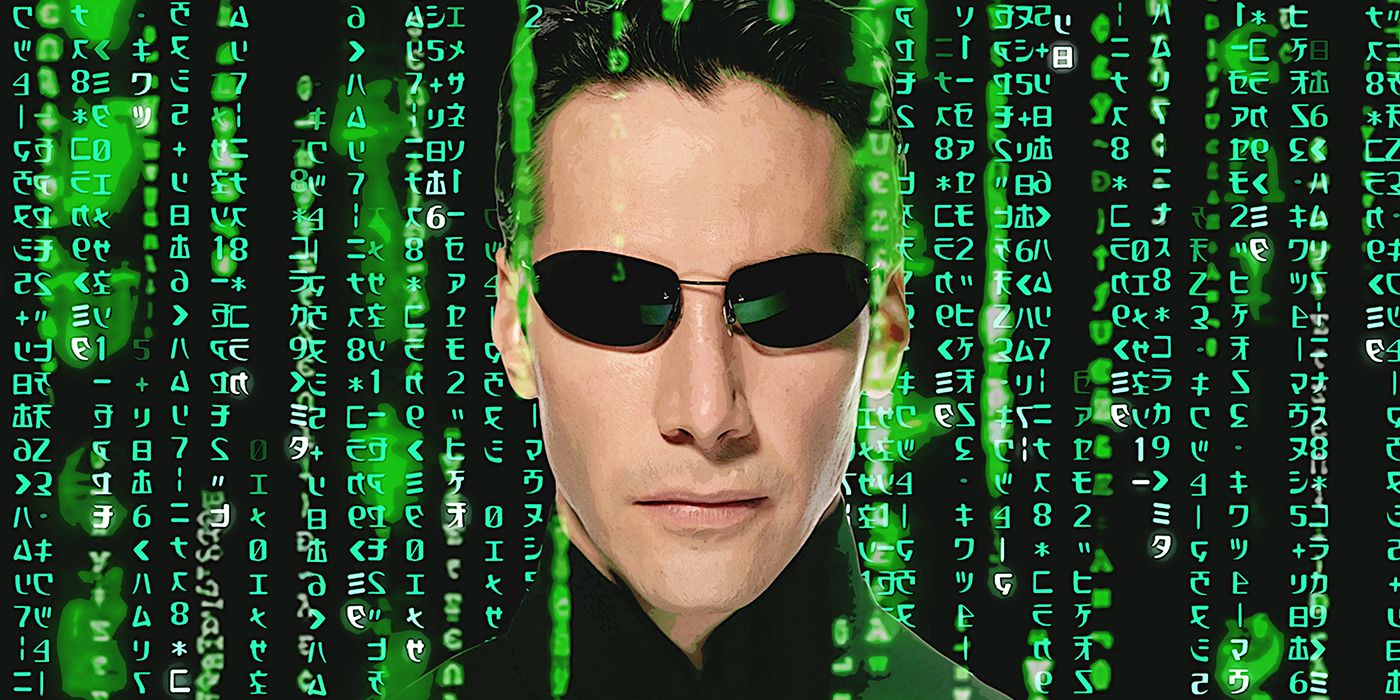
Keanu Reeves Wasn't the First Choice For Neo in 'The Matrix'
Which Hollywood A-Listers passed on the role?One of the weaker aspects of this titan of modern sci-fi is the subplot of Cypher (Joe Pantoliano) betraying Morpheus and the group. Cypher serves as the avatar for wanting to return to ignorance; his character serves as a reminder that once you learn something, you can never go back. Though he drives the plot forward for Agent Smith to capture Morpheus, there lacks a connection to his character to make his betrayal matter. Not to mention, Cypher admitting to Trinity that he had a crush on her feels very tacked on.
Keanu Reeves and Carrie-Anne Moss' Love Is a Highlight
On the flip side, the chemistry between Reeves and Moss makes the romance between Neo and Trinity work. Where Cypher’s admission to Trinity is treated as an afterthought, the budding feelings between Neo and Trinity are well-paced and come together naturally. As Neo is coming into his own, so too does his bond with Trinity grow. It’s the love between them that unlocks his true power as “the One'' to defeat Agent Smith and begin his mission to free humanity from their enslavement.
The legacy of The Matrix goes beyond its film franchise. It’s rare for a movie to hit pop culture with lightning precision and alter it forever. Within two years of its release, the film was being referenced in the likes of Scary Movie and Shrek. The red pill vs. the blue pill, the action, the iconic lines, and even the costuming of the futuristic world have ingrained itself in pop culture to the point that most people today probably know about The Matrix without actually seeing the film.
The Matrix has more to say now about society than it even did back in 1999. As a society, we are more dependent on technology than ever before. With the rise of fake news, it’s normal to question our reality and what is happening around us. We are living in our type of matrix, where we have the power to select what enters our own bubbles and echo chambers; virtual reality can be accessed in seconds and offer an escape from reality. Documentaries like The Social Dilemma expose how social media has created a system by which its users are a product to advertisers, not a consumer. For a film from 1999 to speak directly to our current reality is a testament to how The Matrix was ahead of its time.
From its distinctive action and its timeless themes, The Matrix is a paragon of the sci-fi genre and its endless possibilities. The Wachowskis set out to make their live action version of Ghost in the Shell, directed by Mamoru Oshii, and what they created has sparked commentary and influence on pop culture for decades since its release. Just as Morpheus reveals to Neo, The Matrix is everywhere (and for good reason).
Rating: A-
The Matrix is now available to stream on Max in the U.S.

